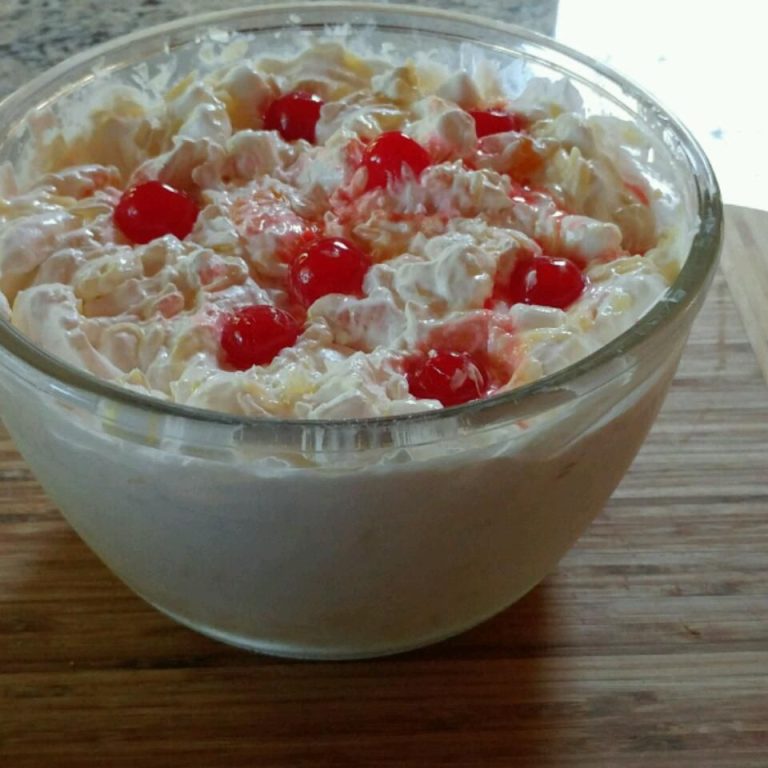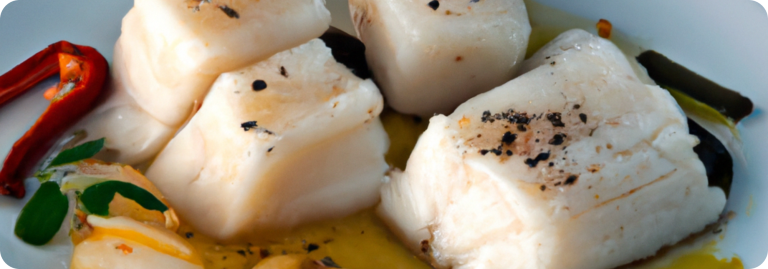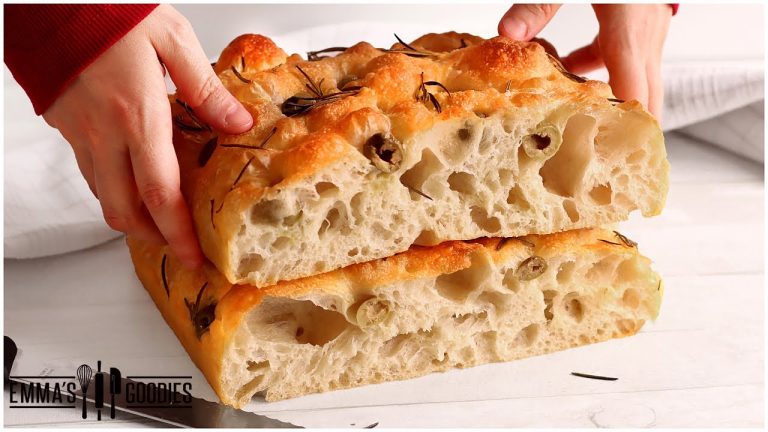Lady Baltimore Cake: History, Recipe, and Modern Twists for the Classic Southern Dessert
The Lady Baltimore Cake’s origins are intertwined with folklore and legend. It first gained prominence through Owen Wister’s 1906 novel Lady Baltimore, where a character named Eliza makes the cake. Many believe the recipe predates the novel, originating from the American South. Some suggest that it was named after a famed hostess in Charleston, South Carolina, though evidence remains elusive. The cake’s mysterious backstory adds to its appeal, making it a unique culinary creation.
Evolution Over the Years
The Lady Baltimore Cake has seen changes in its preparation and ingredients over the years. Early 20th-century recipes primarily included a white sponge cake base with a filling of nuts, figs, and raisins covered in a boiled white icing. Over time, variations emerged, incorporating different fruits and nuts, making the cake customizable to local tastes. Despite these changes, the essence of the Lady Baltimore Cake remains constant—a light, elegant dessert with a rich heritage.
Key Ingredients of Lady Baltimore Cake
Importance of Figs and Nuts
Figs and nuts are essential in crafting the distinct filling of a Lady Baltimore Cake. Chopped figs provide a natural sweetness and chewy texture. They balance the cake’s lightness and add a unique flavor profile. Nuts, often almonds or walnuts, introduce a satisfying crunch and a rich, nutty taste. They complement the figs and enhance the filling’s overall complexity. Including both figs and nuts ensures the cake maintains its traditional character.
Typical Frosting Components
The traditional frosting for a Lady Baltimore Cake is a boiled or meringue-style frosting. This incorporates egg whites, sugar, and cream of tartar to achieve a light, airy texture. Egg whites are whipped until stiff peaks form, offering stability and volume. Sugar dissolves in the meringue, adding sweetness and a smooth finish. Cream of tartar acts as a stabilizer, ensuring the frosting maintains its structure. The result is a glossy, fluffy frosting that perfectly complements the delicate cake layers.
Step-by-Step Baking Guide
Preparing the Batter
Start by preheating your oven to 350°F (177°C). Grease and flour three 8-inch cake pans to ensure the cake layers don’t stick.
In a large bowl, cream one cup of unsalted butter with two cups of granulated sugar until the mixture is light and fluffy. This ensures the cake is moist and has a good texture. Add four large egg whites, one at a time, beating well after each addition. This step helps to incorporate air into the batter, contributing to the cake’s lightness.
In a separate bowl, combine three cups of all-purpose flour, one tablespoon of baking powder, and half a teaspoon of salt. Gradually add this dry mixture to the butter mixture, alternating with one cup of milk, starting and ending with the dry ingredients. Ensure you mix just until combined to avoid overworking the batter. Finally, stir in one teaspoon of vanilla extract for flavor.
Pour the batter evenly into the prepared cake pans and smooth the tops with a spatula. Bake for 25 to 30 minutes, or until a toothpick inserted in the center comes out clean. Let the cakes cool in the pans for 10 minutes before transferring them to wire racks to cool completely.
Assembling the Layers
Once the cakes are completely cool, level the tops if necessary to ensure even stacking.
Place the first cake layer on a serving plate. Spread a generous layer of fruit-and-nut filling (made from chopped figs, raisins, and pecans mixed with a portion of the frosting) over the top. Place the second cake layer on top, pressing gently to adhere, then spread another layer of filling. Repeat with the third layer.
For the frosting, prepare a boiled or meringue-style frosting by beating four egg whites until soft peaks form. Gradually add one and a half cups of granulated sugar and one-quarter teaspoon of cream of tartar, beating until stiff peaks form. This frosting is essential for the cake’s light and airy texture. Frost the top and sides of the cake generously, using an offset spatula to create swirls and peaks for a decorative finish.
Allow the cake to set at room temperature for at least one hour before slicing. This step ensures the flavors meld together and the frosting firms up. Enjoy the Lady Baltimore Cake as a light, elegant dessert with a rich Southern heritage.
Serving and Presentation Ideas
Traditional Decorations
You can enhance the Lady Baltimore Cake with classic decorations to highlight its Southern roots. Garnish the cake with toasted pecans or walnuts, arranging them in an elegant pattern on top and around the sides. Incorporate fig slices for an authentic touch, placing them strategically to add visual appeal and a hint of nostalgia. Dust the cake with a light layer of powdered sugar to create a delicate, ethereal look. Use a lace doily beneath the cake to further elevate its presentation, emphasizing its historic charm.
Modern Twists
Use contemporary elements to give the Lady Baltimore Cake a modern twist. Incorporate edible flowers like pansies or violets, adding a splash of color and a fresh aesthetic. Create a naked cake effect by leaving the sides partially unfrosted, showcasing the cake layers and the filling between them. Serve the cake on a sleek, minimalist cake stand to contrast the intricate flavors inside. Combine these modern touches with traditional elements, offering both a nod to history and an updated appearance for today’s dessert tables.
Nutritional Information
Analyzing Caloric Content
Each slice of Lady Baltimore Cake contains approximately 350-400 calories, depending on the specific ingredients used. Here’s a breakdown of the macronutrients per slice (assuming a standard recipe yielding 12 servings):
| Nutrient | Amount per serving |
|---|---|
| Calories | 350-400 kcal |
| Carbohydrates | 50-55 grams |
| Protein | 4-5 grams |
| Fat | 15-18 grams |
| Saturated Fat | 8-9 grams |
| Fiber | 1-2 grams |
| Sugar | 35-40 grams |
Dietary Considerations
Lady Baltimore Cake includes essential ingredients like flour, sugar, butter, and eggs. Those managing gluten sensitivities need to use gluten-free flour alternatives for a suitable version. If you’re reducing sugar intake, consider using sugar substitutes, though this might alter the cake’s texture and flavor. For lactose intolerance, replace butter and dairy with plant-based alternatives such as almond milk and vegan butter. Nuts in the filling could pose allergies; substituting them with dried fruit may help. Adjust these components based on dietary needs to still enjoy a delicious Lady Baltimore Cake.
Conclusion
The Lady Baltimore Cake stands out as a timeless Southern dessert that marries tradition with versatility. Whether you’re sticking to the classic recipe or adding modern touches, this cake offers a delightful experience for any occasion. Its rich history and unique flavor profile make it a must-try for baking enthusiasts and dessert lovers alike. Remember to consider dietary adjustments to ensure everyone can enjoy a slice of this elegant cake. So, gather your ingredients and get baking—your taste buds will thank you!






